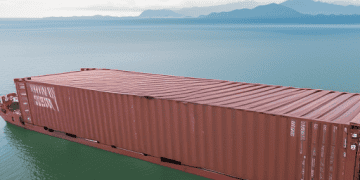The Export Development Council (EDC) of the Philippines is set to release revised export targets next month, adjusting projections for the coming years due to both domestic and global economic challenges.
According to Bianca Pearl Sykimte, director of the Department of Trade and Industry’s Export Marketing Bureau, the council—which includes both government and private sector representatives—has been evaluating adjustments to the Philippine Export Development Plan (PEDP). The revised targets are expected to be published in April.
“We’re downgrading [the targets],” Sykimte stated, noting that while the PEDP targets are being revised, they will remain above those set in the Philippine Development Plan (PDP).
Under the original PEDP, the country aimed to achieve export revenues of $163.6 billion in 2025, $186.7 billion in 2026, $212.1 billion in 2027, and $240.5 billion in 2028. Meanwhile, the PDP sets a lower trajectory, targeting $113.42 billion in 2025, $120.22 billion in 2026, $127.44 billion in 2027, and $135.08 billion in 2028.
The decision to adjust projections comes amid external pressures such as geopolitical tensions and trade policies, particularly those involving the United States.
Despite these adjustments, the Philippines recorded its highest-ever total exports in 2024, reaching $106.99 billion—a 3.3% increase from the previous year’s $103.59 billion. However, this figure remains below the PEDP’s initial target of $143.4 billion for 2024.
Service exports played a key role in last year’s growth, surpassing $50 billion for the first time. Data from the EDC shows that service exports reached $51.98 billion in 2024, marking a 7.5% increase from $48.33 billion in 2023. Meanwhile, exports of goods declined slightly by 0.4%, totaling $55.01 billion compared to $55.26 billion in 2023.
Sergio Ortiz-Luis Jr., president of the Philippine Exporters Confederation Inc., projected that the country’s total exports for 2025 could reach approximately $110 billion, falling short of earlier targets.
“In addition to the insufficient budget for export promotion, we continue to face key risks, including weather disturbances, natural disasters, a prolonged global economic slowdown, geopolitical tensions, and trade policies,” Ortiz-Luis stated.
Looking ahead, Sykimte expressed confidence in the continued growth of service exports, emphasizing the importance of technological adaptation for the sector. For goods exports, she highlighted semiconductors, electronics, machinery, transport equipment, and minerals as the key industries expected to drive export performance.
The revised export targets are anticipated to reflect both the challenges and opportunities facing the Philippine economy in the years ahead.
Stay on top of supply chain logistics news updates at The Supply Chain Report. Visit ADAMftd.com for free international trade tools.
#PhilippinesExports #TradeTargets #EconomicChallenges #ExportGrowth #GlobalTrade #MarketAdjustments #TradePolicy

















